How To Optimize Your Marketing Funnel For The Customer Journey
The best-performing campaigns are optimized to meet your customer’s needs, wants, and desires at each stage of the marketing funnel.

Any marketer worth their salt knows that the best-performing campaigns are designed around the customer’s needs, wants, and desires at each stage of the marketing funnel.
In this article, you’ll learn what the marketing funnel is, why you need an optimized one, and how to optimize your marketing funnel for the customer journey.
What’s included:
What is a marketing funnel and what does it include?
Being a consumer yourself, you know how unlikely it is for you to buy from a brand the very first time you come across them.
Unless you’re impulse buying, you typically have multiple interactions with any new brand you find — you go through their website, read customer reviews, watch product videos, check their social media, etc. — to decide whether to buy.
This customer journey is described by a marketing funnel (sometimes called the “sales funnel”). It consists of four core stages, often abbreviated to “AIDA”:
Awareness
Be it through a social media ad or offline word of mouth, this is the first phase when the prospect becomes aware of your brand’s existence.
Interest
The prospect may choose to learn more about your product/service and see how your brand stands out. They may go through your brand’s website content, social media profiles, and educational content.
Desire
If the prospect feels your brand is maybe worth a shot, this is the phase when they check out your pricing and weigh their options against competing brands.
Action
If it’s all good, then the prospect takes action, which could mean signing up for your newsletter, starting a free trial, making a purchase, etc.
Why a funnel?
The sales funnel is called a “funnel” because you start with many prospects, most of which get filtered out, and at the end, only a few become paying customers.
Why you need an optimized funnel
Put simply, an optimized funnel means a higher conversion rate. Half of the prospects that enter your marketing funnel aren’t ready to convert just yet, no matter the source.
But as a marketer, you wield the power to influence prospects at each touchpoint with your brand. If you invest efforts in improving customer engagement at each stage of the funnel, you can convert a higher percentage of prospects into customers.
Besides that, here are some more of the clear benefits of optimizing your funnel:
You can gain a better understanding of your customers’ needs and desires and tailor your product positioning and roadmap accordingly
It’s easier to identify which marketing strategies and channels perform best in driving brand awareness and consideration
You can improve the loyalty of your customer base once you learn what drives them to purchase
Without an optimized sales funnel, your marketing is more hit-and-miss than it should be. With one, you can improve your sales funnel in line with your customer’s behaviour.
Strategies to optimize your funnel for the customer journey
With the what and why of your marketing funnel clear, it’s time to focus on the how. Here are ten ways to enhance your funnel for more conversions.
#1. Analyze your website with heatmaps
Using color-coding, a website heatmap shows how the different elements on your web pages perform in user interaction. You can uncover exactly how people engage with your content and what elements move them down the funnel by analyzing heatmaps.
For example, you want to improve the number of clicks on a call to action (CTA) you’ve placed at the end of a blog post. A scroll heatmap tool might reveal that only 10% of your visitors are making it to the end of the post — which means 90% of them never come across your CTA.
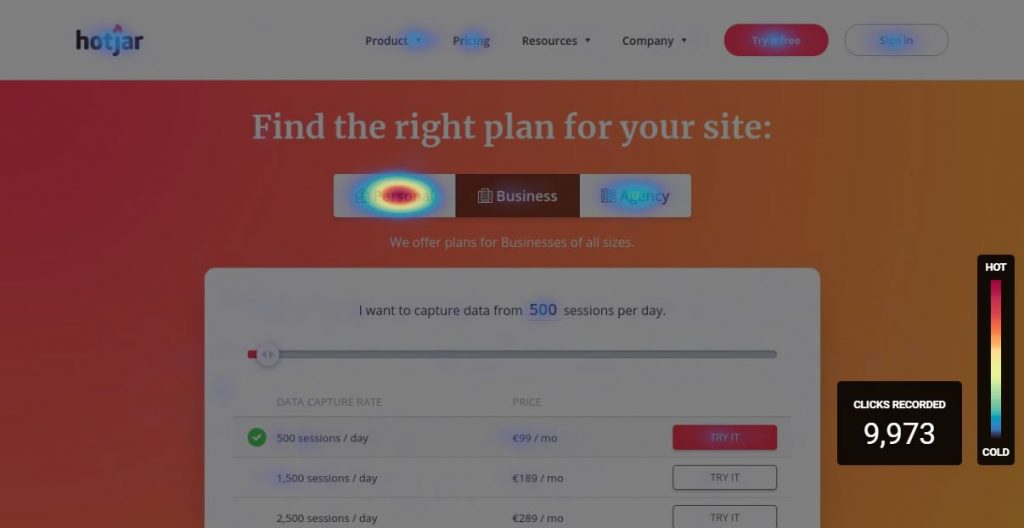
Clearly, you need to either move the CTA near the top of the page or add another CTA. After making the changes, recheck your heatmaps to see if the change improved your conversions.
This technique will allow you to make changes that will translate to more conversions.
#2. Collect data from on-site surveys
One of the easiest ways to get quick and actionable feedback from your prospects is to use on-site surveys.
On-site surveys — in the form of net promoter score (NPS) survey, customer effort score (CES) survey, post-purchase survey, etc. — let you interact with your visitors and capture anonymous feedback on how well your website is doing and what you can do to improve the user experience (and thus, conversions).
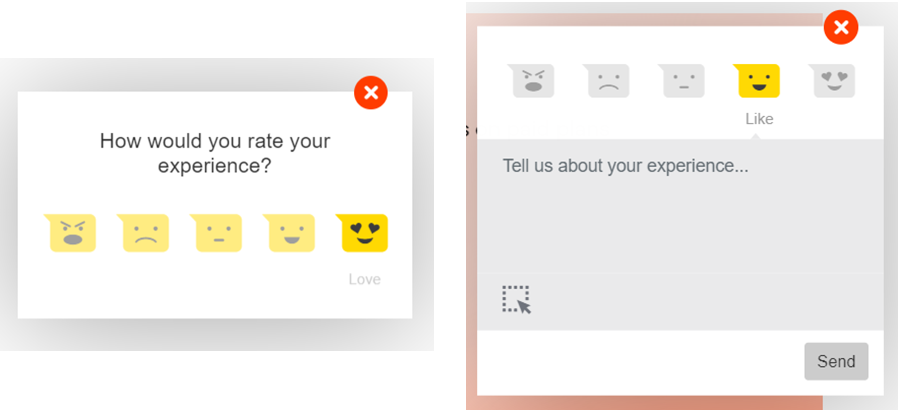
Similar to the screenshots above, you can use on-site surveys on bottom-of-the-funnel pages, like product pages or checkout pages.
For example, before a customer exits your website after completing a purchase, you can ask them to rate their experience on a scale and follow up with another open-ended question based on the rating. For a high score, ask: “what did you love most about your experience?” For a low score, ask: “how can we improve your experience?”The fastest and most effective way to create detailed surveys and polls is to use an online form builder tool. These tools do the hard work for you.
#3. Build a buyer persona to understand customers
As obvious as it may seem, many brands still make the dire mistake of not thoroughly understanding their target audience. Targeting an irrelevant audience means wasting time and resources on people who are less likely to convert.
On the flip side, the more you know about your prospects — everything ranging from their age, gender, income, location to their pain points, motivations, interests, goals, etc. — the better you can market to them and convert them into customers.
That’s exactly what building a buyer persona is all about. A buyer persona is a semi-fictional representation of your ideal customers and includes all the information mentioned above `(age, income, interests, etc.). Your buyer personas will guide all your content creation and marketing.
When creating a buyer persona, use a customer journey mapping tool to understand your customers’ experiences at each funnel touchpoint. Then, visualize their existing or desired paths, and pinpoint areas of improvement for your business.
#4. Utilize effective CTAs
You have calls to action (CTAs) everywhere — on your website, landing pages, at the end of blog posts, in your emails and social media captions, etc. These buttons are what drive people from one stage of the funnel to the next.
Naturally, you must make them as effective and compelling as you can. Here are a few tips to craft high-converting CTAs:
The image below shows is a CTA done right, courtesy of Ahrefs. Specifically, look at how they add social proof to their CTA in “+1,953 trials started in the last 7 days” and used big brand names to reinforce their credibility.
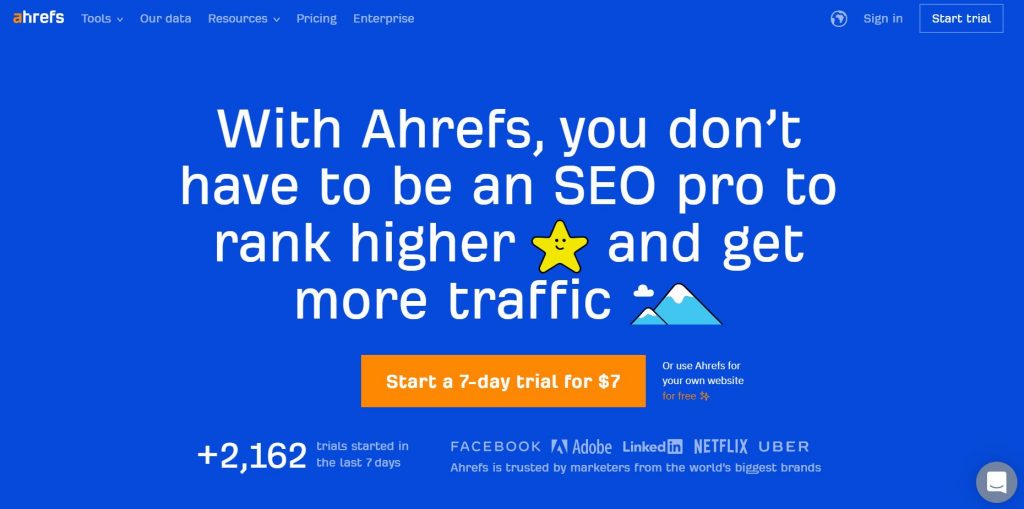
#5. Take an omnichannel approach to your sales funnel
“Omnichannel” isn’t just a marketing buzzword. The modern customer expects an easy and personalized brand experience across various platforms, ranging from website and social media to emails and calls.
So for any brand, all teams (marketing, sales, customer support, development, etc.) should be in sync. Your brand messaging needs to be consistent across the funnel.
Disney’s My Disney Experience provides a great example of taking an omnichannel approach to your sales funnel. The simple yet elegant website works well on mobile and lets you plan your trip in advance. At the park, customers can use the mobile app to locate attractions, find out wait times, make dining reservations, and much more.
An integrated experience across all touchpoints makes for better customer retention instead of one-time conversions. That leads us to the next point.
#6. Focus on relationships over sales
It costs five times more to acquire new customers than to retain existing ones, and increasing customer retention by 5% can improve profits by over 25%.
In other words, it’s better to focus on building long-term customer relationships and brand advocates than simply pushing your products for immediate sales. From building loyalty programs to using CRM tools for better customer service, there are many ways to build sustainable customer relationships.
Discover How SpotlerCRM Can Help
#7. Create educational content for every stage of the funnel
Today, content is what drives brand awareness, attracts prospects into your funnel, generates interest in your offerings, and drives action in the form of sign-ups and sales.
Think about the last time you purchased a product or subscribed to a service. Chances are you read or watched some educational, entertaining, and/or compelling content that convinced you to convert.
Great content can take many forms, ranging from in-depth blog posts and interactive calculators (see the sleep calculator example below) to stellar social media photos, case studies, and explainer YouTube marketing videos. All these forms of content serve prospects at different stages of the funnel.
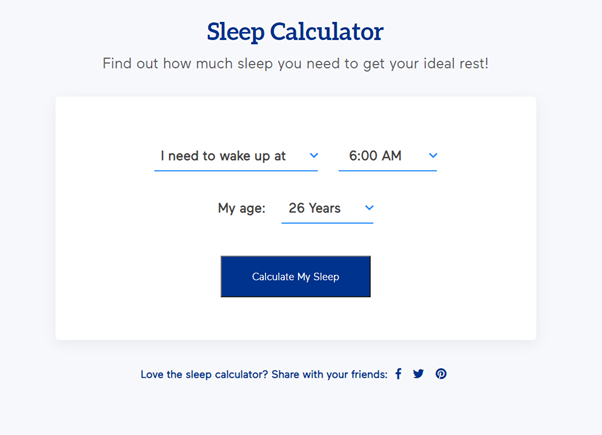
So what makes for great content? Put simply; it’s content that helps your prospects solve their problems, answers their questions, and keeps them engaged with your brand. Use your buyer persona to understand what type of content would resonate with your audience at each stage of the funnel.
#8. Find friction points and eradicate them
You should look for friction points on your website forms and checkout process, as this is the last stage of the funnel. The last thing you want is for prospects to filter out of the funnel when they’re primed to convert.
Similar to having supportive text (“No credit card required,” “Free shipping,” etc.) around your CTAs, minimizing friction is all about thwarting buyer hesitation and increasing convenience.
For example, the average shopping cart abandonment rate is 69.80%. Nothing’s more frustrating than visitors ditching during checkout.
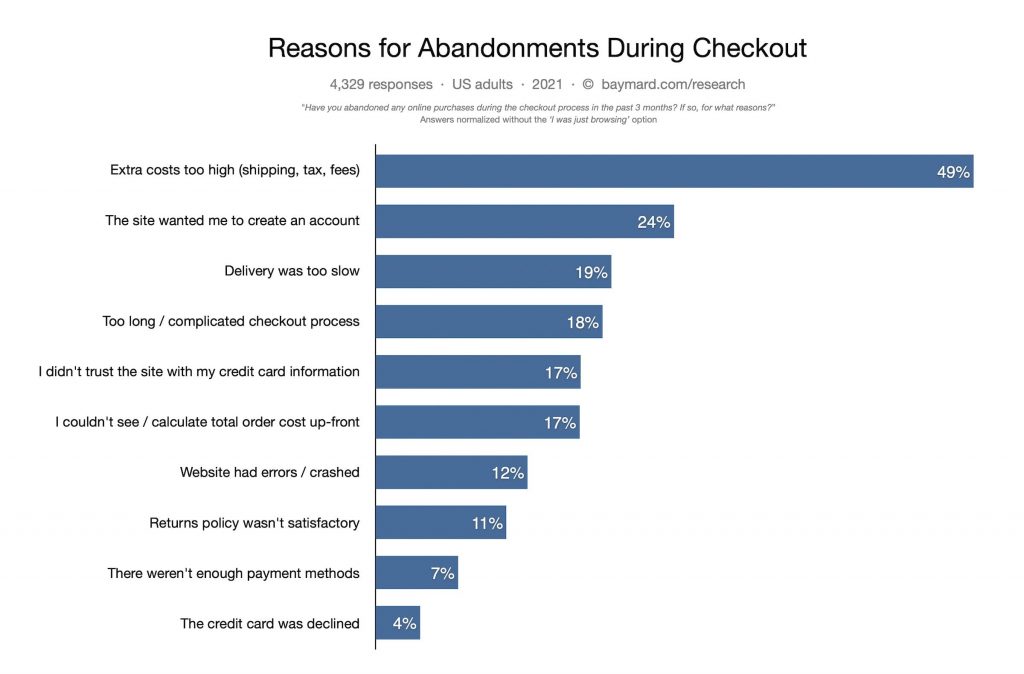
A great way to minimize on-site friction is to track website bugs and squash them for a smoother, error-free user experience.
#9. Use reviews and customer stories early in your funnel
Trust is the foundation of long-term relationships, including the ones with your customers. And there is no better way to build trust than by showcasing honest product reviews and customer success stories.
79% of consumers say they trust online reviews as much as personal recommendations from friends or family.
And so, social proof and user-generated content in the form of product reviews, testimonials, success stories, case studies, social media shoutouts, press mentions, awards, and the number of users plays a pivotal role in convincing prospects to buy.
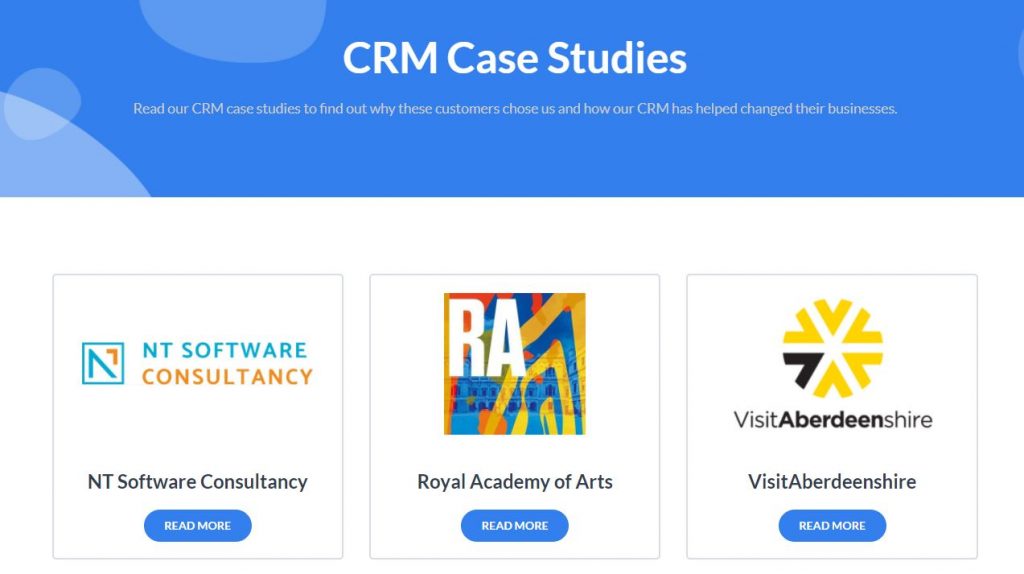
From email reviews requests to using social media, there are many great ways to solicit reviews, testimonials, and feedback from your existing customer base.
Integrate those reviews and testimonials on your website’s home and product pages to build better credibility.
#10. Leverage social media
Over half of the world’s population uses social media, and about 40% of internet users aged 18-34 are interested in purchasing through social media.
Thus, you must leverage social media for each stage of the funnel:
Build brand awareness and drive authentic engagement with memes, fun industry facts, etc.
Promote your products (or new product launch) with high-quality visuals such as photographs, short videos, etc.
Sell your products directly by setting up Shops on Facebook and Instagram
Provide customer support over DMs, tweets, etc.
To showcase your unique brand voice and social proof. For example, Shopify does this exceptionally well on Twitter.
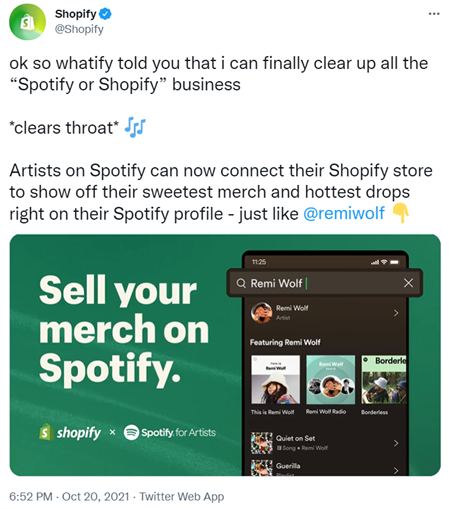
Put simply; social media can work wonders for your business, from generating awareness and interest to driving action and retention.
Optimize your funnel, maximize your conversions
Don’t lose out on prospects because of an ineffective funnel. To sum up:
Compare your existing funnel with the above checklist, and you’re likely to find a few areas of improvement. Work on them step-by-step, and over time, you’ll see a tangible boost in conversions and customer retention.
Really Simple Systems is now Spotler CRM
The same great technology, a CRM platform that is focused on the needs of B2B marketers, provided by the same great team, at a great price!
